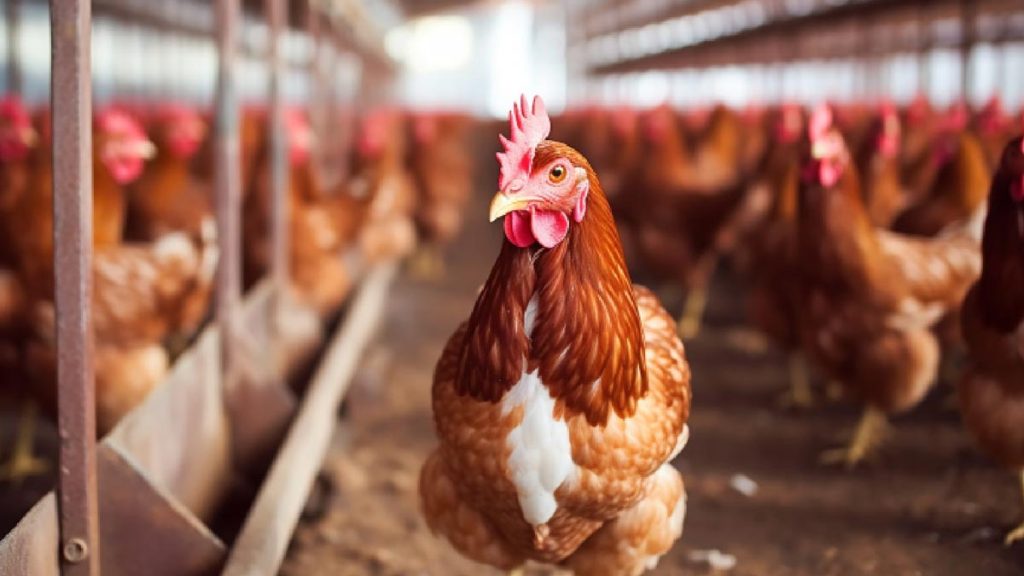H5N1, a highly pathogenic avian influenza virus, has been a persistent global health concern due to its potential for severe disease in humans and its ability to infect poultry, wild birds, and mammals. Since its first emergence in the late 1990s, H5N1 has primarily impacted the poultry industry. However, sporadic human infections have raised fears about the virus’s pandemic potential, especially with new cases reported in Canada and the United States.

The Global H5N1 Outbreak
Since late 2020, the H5N1 virus, driven by the 2.3.4.4b lineage, has caused a worldwide outbreak among birds and mammals. Its adaptability to a wide range of hosts and occasional human infections make it a significant threat. Recent human cases in Canada and California underscore concerns about the virus’s potential mutations that could facilitate human-to-human transmission.
Canada’s First Domestically Acquired H5N1 Case
In November 2024, a teenager in Fraser Health, British Columbia, became Canada’s first domestically acquired human case of H5N1. The individual presented with conjunctivitis, fever, and cough, which quickly escalated to acute respiratory distress syndrome, necessitating intensive care.
- Genomic Insights: Sequencing revealed that the virus belonged to the 2.3.4.4b clade, genotype D1.1, matching strains found in wild birds in the Fraser Valley but unrelated to local poultry outbreaks.
- Epidemiological Findings: Testing of household contacts, pets, nearby animals, and environmental samples yielded negative results for the virus, leaving the source of infection undetermined.
Human Infections in the U.S.
The Canadian case follows other human infections in California and among dairy workers in the United States, involving different H5N1 genotypes. These cases highlight the virus’s evolving nature and the challenges in tracking and controlling its spread.
Pandemic Potential and Public Health Concerns
Although human-to-human transmission has not been confirmed, the virus’s genetic adaptability raises alarms. Health experts are closely monitoring these cases for signs of mutations that could increase transmissibility between humans, potentially leading to a pandemic scenario.




